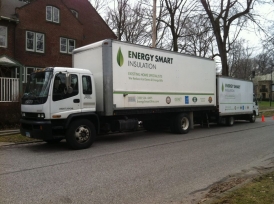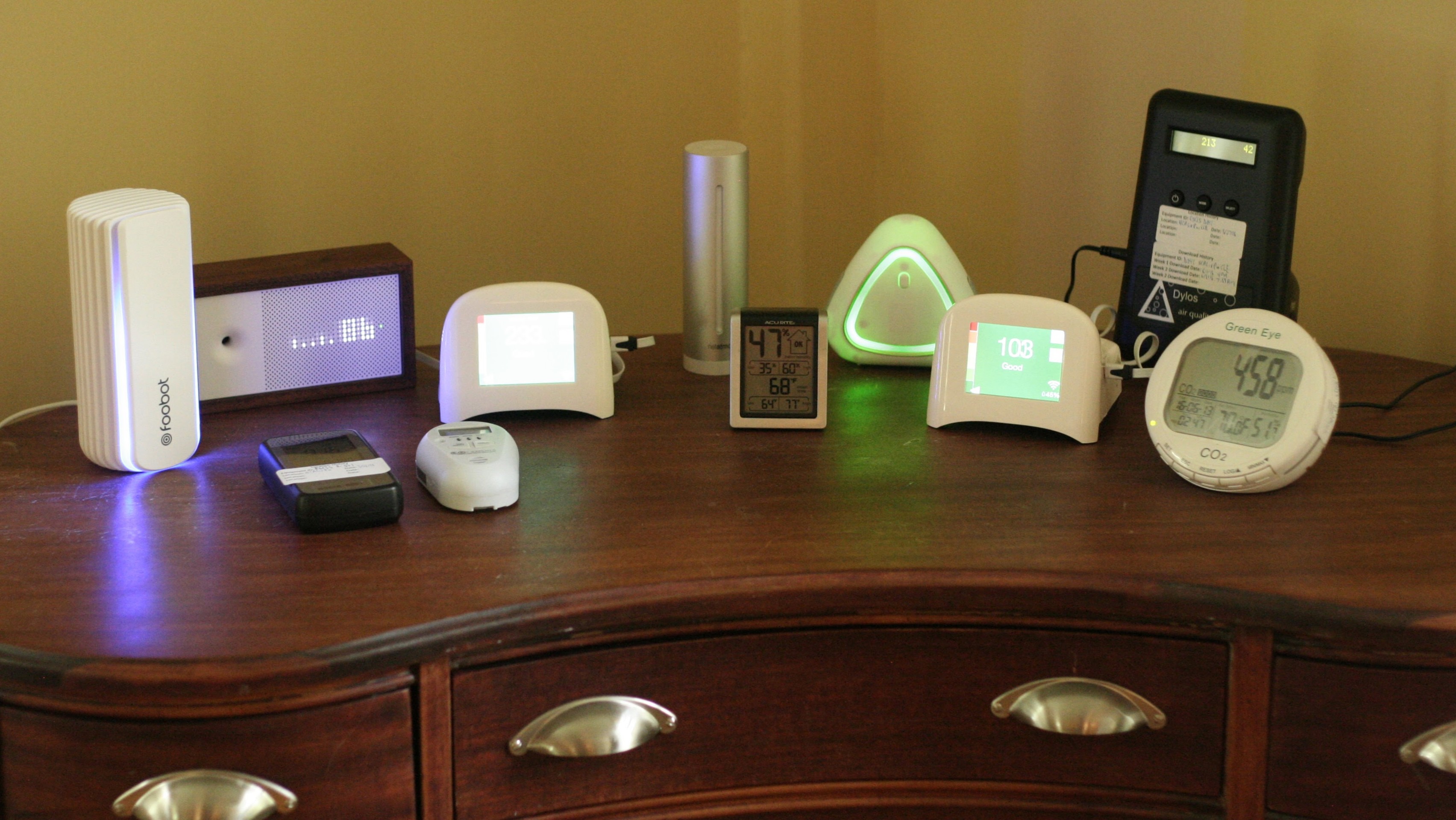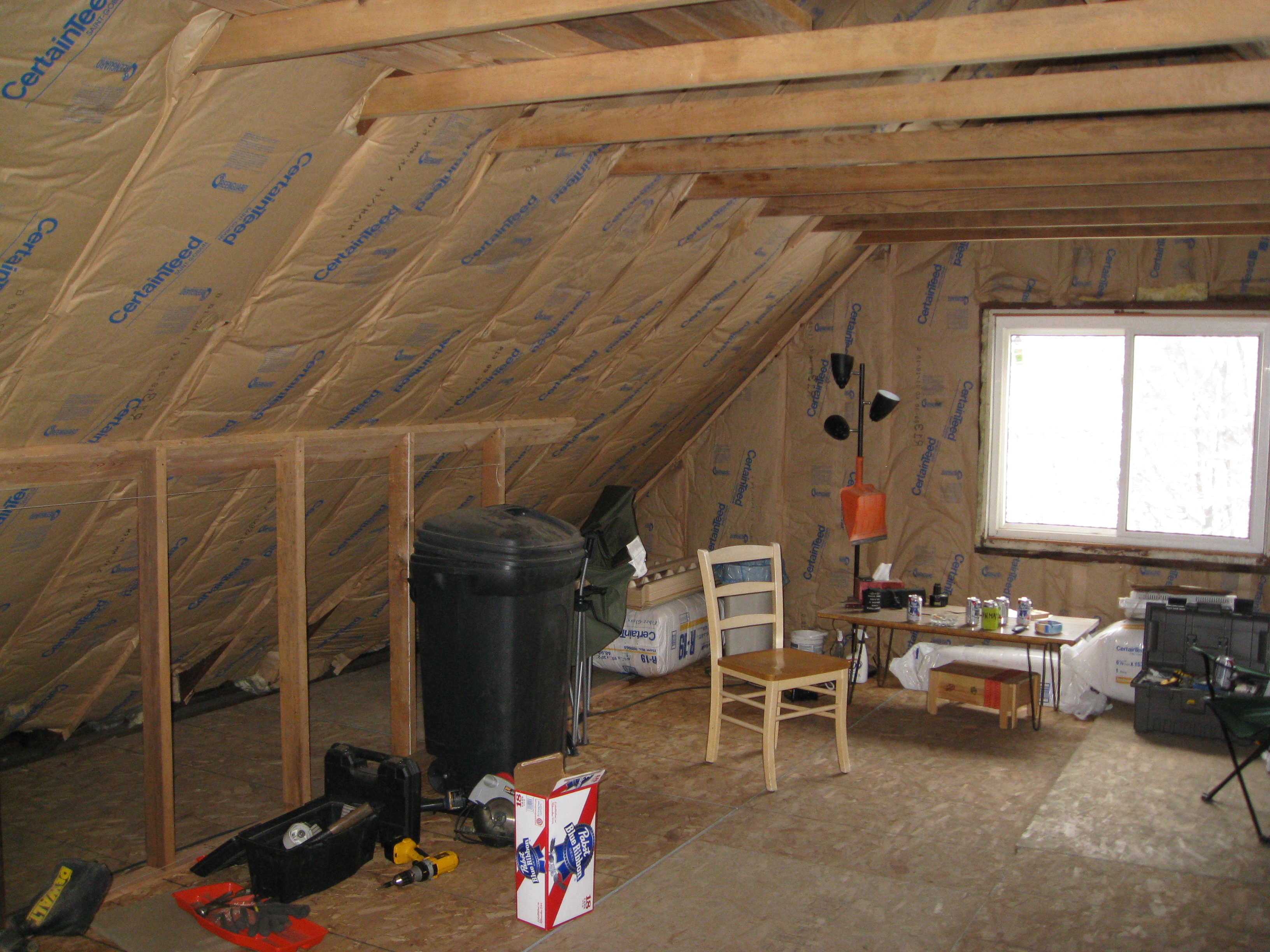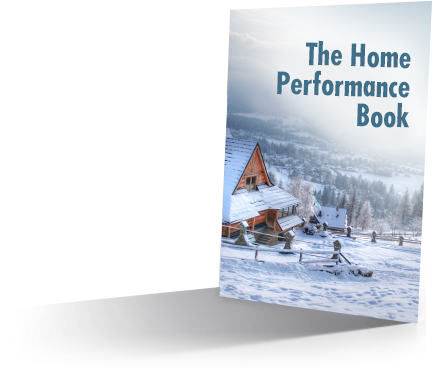Confessions of an Insulation Contractor, Part 2
So, after quite a hiatus from consistent writing (the last year has been an extremely challenging one that didn’t put my head in the right place), it’s time to get back on the horse.
Confessions Part 1 received overwhelming response from both the industry and the clients I like working with, so here’s part 2.*
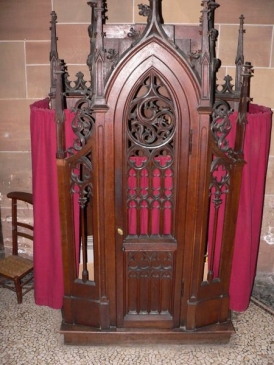
’m a fan of candor, so to be frank very early in 2013 my crew came unglued. It was a combination of factors that caused this, many of which were my fault. I managed to patch them back together for a couple of months, but I knew the end was near for the crew. With my daughter coming I was somewhat relieved, I had spent a ton of time and energy trying to keep consistent work for my guys so I wouldn’t lose them and was exhausted and unfulfilled.
I had been planning on bringing subcontracting into the mix as I was consistently running long lead times (6-8 weeks) over the winter, which is long enough to start losing jobs to the competition. I wanted a second crew, and actually bought a truck and machine for it, but I could not find people to do the work. I ran several ads with literally no respondents. Obviously I was doing something wrong there, but none? (There was one guy. I asked for a resume in the ad. He emailed ‘Can we meet?’ and nothing else. No phone, no name, no experience, certainly no resume, nothin’. Not a good sign he could follow instructions.)
My crew coming unglued hastened the process of setting up subcontracting with a really good weatherization (low income) contractor I’ve known for years through my old job – I used to sell him material. I knew he was known for good work, and had independent verification from several other sources of the same thing.
Concurrent to this process was the fact that I decided at the end of 2012 I wanted to increase my average job size. A $1500 job is a very similar amount of work to land as a $5000 job is (or even a $15K job), so when you’re pulling 60-80 hour weeks and trying to figure out how to reduce that because you have a kid coming in a few months, it’s a strategic focus.
The problem is, attic jobs are not always enough to get to that number while being customer focused, so I needed more pieces of the puzzle.
Enter Home Performance. True HP involves both building shell (insulation and air sealing) and HVAC (furnace and air conditioning and humidity control.) There’s my pieces. I was also quite burned out on ‘single measure’ sales and the rat race that had become for me. More importantly, when you mix insulation and HVAC work correctly, you can get some magical results.
There’s a problem with that. I didn’t know HVAC. Also, starting an HVAC company is really difficult. Again, subcontracting seemed like the way to go.
Next up, very, very few companies across the country do full HP well. It’s uncharted territories. I also didn’t have a process for it (nor does a standard one exist to my knowledge). Pretty much you are either an old school HVAC guy, or a shell guy who doesn’t know HVAC (like me). Lots of ‘insulation’ guys don’t even begin to understand whole house thinking – very few of my local competitors are good at air sealing, which is a CRITICAL part of fixing homes well. So yeah, I have an uphill battle.
Back to subcontracting. I kept finding that there was an incentive problem. First, it was tough for 2 companies to make money by cutting the same pie up. This meant that my sub had incentive to get the job done as quickly as possible. I also discovered my crew was 50-100% faster than his, which lead to much higher labor costs for him. Finally, I was finding important details missed that my crew wouldn’t have missed. This added uncertainty about quality distressed me greatly.
I’m not going to say that path couldn’t have worked given more time and effort, but I definitely came to the conclusion that it would be better to have my own crew to train and guide (and be able to fire.) The thing is employee management is one of my least favorite things. The idea of starting over with employees was abhorrent to me. Plus I just sold most of my equipment.
The result? I exited the contracting business and moved into energy audits so I would have more time to understand and diagnose customers’ homes. I was tired of making single measure changes, following up, and finding out it didn’t do the job. Results disappointment didn’t always happen, but it seriously hurt my soul when it did. I’m probably too much of a perfectionist, but I also knew that Envelope Only process was lacking in truly solving the problems of my clients.
I have been learning a process from a friend in Rochester NY who, by combining his educational background in Economics, his experience in Financial Planning and accounting, and by fully embracing the intent of Measured Comprehensive Home Performance** approach he learned from the Building Performance Institute classes, was able to develop an approach that sold big jobs and resulted in very happy customers.
His average job is triple the average sale amount of the other salesmen in NY, but the key is happy clients. I like the idea of happy clients, developing quality relationships with my clients. That kind of result made me really curious. I started using his process in September and, low and behold, I’ve just sold a job that is right where his average is and is 5x my prior average sale. And the clients are happy. This lends credence to my friend’s idea that:
BIGGER JOBS + SUCCESSFUL OUTCOMES = HAPPY CLIENTS
I’ll touch on more details of that in a later post, but suffice it to say it’s been life changing and is the main reason I’m still in this business. You can read about the process under the Contact Us heading of the site.
So far, the response from my clients has been fabulous. And it upped my job size, a lot. Happy customers, solved problems, bigger jobs, what’s not to like?
At the moment, I’m still playing a solo game, but I’m hoping to join forces with an HVAC contractor in the near future to really figure this process out – and become a world class Home Performance practitioner at the same time.
Stay tuned. And there will actually be some Energy Smart blogs to read again soon…
Image: Creative Commons from Rama.
* A picture of a confessional seems oddly appropriate, considering the fact I’ve been doing a lot of work lately on an Orthodox Monastery. I actually drilled a hole in the wall of the confessional to see if it was insulated. It was. But not dense packed…
**Measured Home Performance is essentially not assuming what you did worked. You measure and find out whether energy bills went where you expected, comfort was delivered, temperatures and humidity are staying in the expected bands, and so forth. Very, very, very, very few (did I make that point?) contractors seem to use this method, but the ones that do are the unquestioned leaders in the industry such as Mike Macfarland of Energy Docs in Redding CA and Balance Point Home Performance’s Dan Perunko and Gavin Healy in Grass Valley CA. They achieve results nothing short of spectacular. Mike Macfarland can get within $4/mo on energy bills with his models vs. actual. It’s pretty much the equivalent of shooting a missile from Mike’s house in California and putting it through my bedroom window in Cleveland. That’s impressive, and I don’t know if I’m that good… but again, really happy customers sounds awfully nice!
Get the HVAC Guide

It's free! Make buying a new furnace, air conditioner, or heat pump less stressful.


